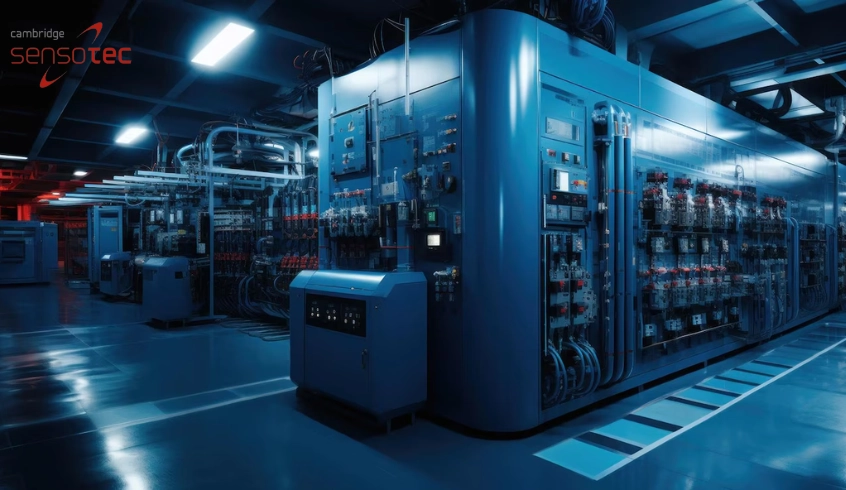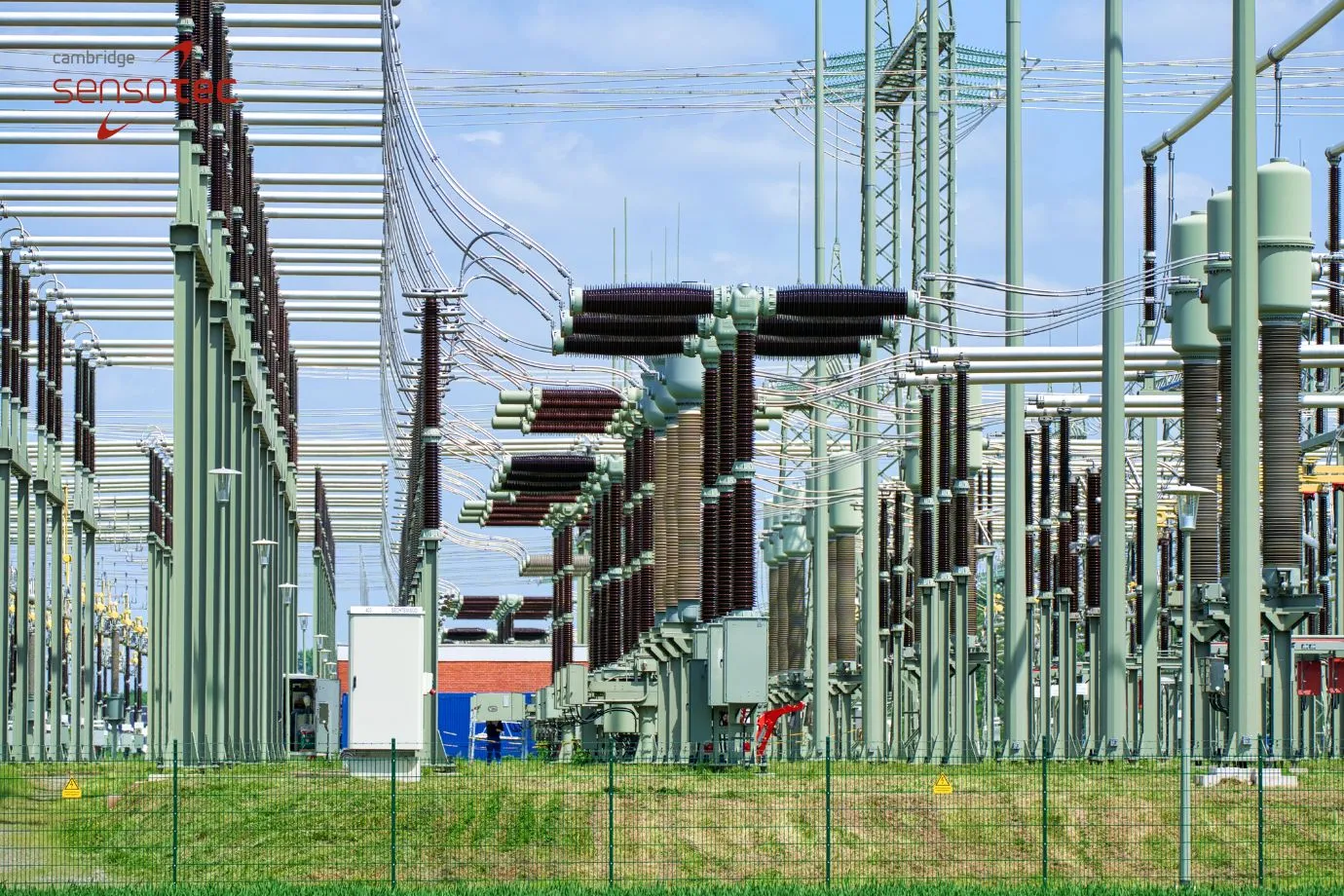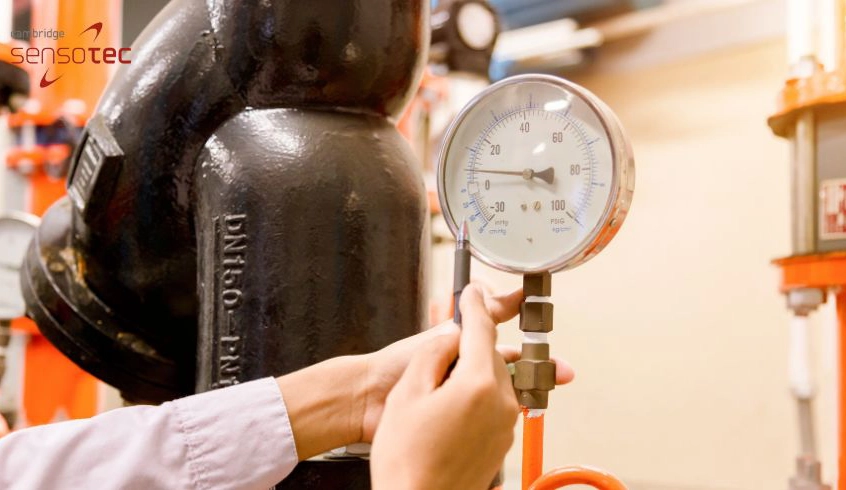

Advancements in SF6 Switchgear: Enhancing Safety and Efficiency
Introduction
The electrical power industry has witnessed significant technological advancements over the years, with SF6 (sulphur hexafluoride) switchgear playing a pivotal role in the reliable and efficient distribution of electricity. SF6 switchgear, renowned for its excellent insulating and arc-quenching properties, has become a cornerstone of modern electrical networks. This article delves into the recent advancements in SF6 switchgear. We explore how these innovations enhance both safety and efficiency in power systems.
Chemical Properties of SF6
SF6, or sulphur hexafluoride, is an inorganic, colourless, odourless, non-flammable gas with exceptional dielectric properties. The composition is of one sulphur atom and six fluorine atoms, giving it a high molecular weight and density. This is what makes it an effective insulator. Its unique chemical structure provides excellent electrical insulation and is resistant to arc formation, making it invaluable in electrical applications.
Role of SF6 in Electrical Insulation and Arc Quenching
SF6’s superior dielectric strength allows it to withstand higher voltages without breaking down, which is why it is widely used as an insulator in high-voltage switchgear. Additionally, SF6 is highly effective in arc quenching—suppressing the electrical arcs that occur when the switchgear opens or closes circuits. This property significantly reduces the risk of damage to equipment and enhances the overall safety of the system.
Structure and Functionality of SF6 Switchgear
Main Components of SF6 Switchgear
SF6 switchgear comprises several key components: circuit breakers, disconnectors, earthing switches, current transformers, and voltage transformers. These components work together to control the flow of electricity, protect electrical circuits from overload, and isolate sections of the grid for maintenance or in case of faults.
How SF6 Switchgear Operates
In operation, SF6 switchgear uses SF6 gas as the insulating medium between live components and grounded metal parts. When the circuit breaker operates, the SF6 gas quenches the arc formed as the contacts separate, preventing damage to the equipment and ensuring a swift restoration of the circuit.
Advantages of SF6 in Switchgear
Superior Insulating Properties
SF6’s high dielectric strength allows for compact designs in switchgear, enabling higher voltage applications with reduced physical space requirements. This property is particularly beneficial in urban environments where space is at a premium.
The use of SF6 allows for the construction of smaller and more efficient switchgear units, which is critical in modern power systems where space and efficiency are key considerations. This compactness does not compromise performance, making SF6 switchgear ideal for a range of applications, from large power plants to smaller substations.
SF6’s ability to quickly quench arcs not only protects the equipment but also increases the operational lifespan of the switchgear. This enhanced performance is crucial in maintaining the reliability and safety of the electrical grid, especially in high-demand scenarios.
Advancements in SF6 Switchgear
Technological Innovations
Recent advancements in material science have led to the development of more durable components within SF6 switchgear. These innovations include the use of high-strength alloys and advanced composites that enhance the longevity and reliability of the switchgear. This reduces the need for frequent maintenance and replacements.
- Integration of Digital Monitoring Systems: The integration of digital monitoring systems within SF6 switchgear represents a significant leap forward. These systems provide real-time data on the condition of the switchgear, enabling predictive maintenance and reducing the likelihood of unexpected failures. Digital monitoring also allows for remote diagnostics, improving the overall efficiency of power system management.
- Enhanced Arc Quenching Techniques: New arc quenching techniques have been developed to further improve the safety and reliability of SF6 switchgear. These techniques involve optimising the design of circuit breakers and the use of advanced algorithms to predict and control arc formation, leading to faster and more efficient arc suppression.
- Miniaturisation and Compact Design: Ongoing research into the miniaturisation of components has allowed for even more compact SF6 switchgear designs. These smaller units are ideal for use in confined spaces, such as in urban substations, without sacrificing performance or safety.
Safety Enhancements
- Enhanced Leakage Detection Systems: SF6 leakage is a concern due to its environmental impact, and advancements in leakage detection systems have been crucial. Modern SF6 switchgear now includes highly sensitive sensors that can detect even the smallest leaks. This allows for prompt action to be taken. Not only does this protect the environment but also ensures the continued safe operation of the switchgear.
- Improved Handling and Maintenance Procedures: Improved handling and maintenance procedures have been developed to minimise the risk of SF6 leakage during operation and maintenance. These procedures include better training for technicians, the use of specialised tools, and the implementation of strict safety protocols, all of which contribute to the safe handling of SF6 gas.
- Advances in Fault Detection and Isolation: Advancements in fault detection and isolation have made SF6 switchgear safer and more reliable. Modern switchgear is equipped with sophisticated sensors and relays that can detect faults almost instantly. This allows you to isolate the affected section of the grid and preventing widespread outages.
Environmental Considerations
- Efforts to Reduce SF6 Emissions: Given the environmental concerns associated with SF6, efforts have been made to reduce its emissions. This includes the development of more efficient switchgear designs that require less SF6 and the implementation of better gas handling and recycling practices. Additionally, regulations are increasingly being put in place to limit SF6 emissions and encourage the use of alternative technologies.
- Development of SF6 Alternatives: The search for SF6 alternatives has gained momentum in recent years. New insulating gases, such as fluoronitrile-based mixtures, are being explored as potential replacements. These alternatives offer similar performance characteristics to SF6 but with a lower environmental impact. They pave the way for more sustainable switchgear solutions.
- Recycling and Disposal Practices: Proper recycling and disposal of SF6 gas are critical to minimising its environmental impact. Advances in recycling technologies have made it possible to recover and purify SF6 from retired switchgear, ensuring that it can be reused in new installations. Additionally, stricter disposal regulations are being enforced to prevent the release of SF6 into the atmosphere.
Efficiency Improvements in SF6 Switchgear
Energy Efficiency in Modern SF6 Switchgear
One of the key advancements in SF6 switchgear is the reduction of energy losses during operation. Improved designs and materials have reduced resistive losses, leading to more efficient energy distribution. This is particularly important in large-scale power networks, where even small efficiency gains can result in significant cost savings.
SF6 switchgear has also seen improvements in power distribution and load management. Advanced control systems now allow for better balancing of loads across the grid, reducing the likelihood of overloading and improving the overall efficiency of the network.
Operational Efficiency
The integration of automation and smart grid technologies with SF6 switchgear has revolutionised operational efficiency. Automated systems can now respond to changes in demand in real time, optimising the performance of the switchgear and reducing the need for manual intervention. This not only improves efficiency but also enhances the reliability and resilience of the power grid.
Remote monitoring and control capabilities have become standard in modern switchgear. Operators can now monitor the condition and performance of the switchgear from a centralised location, making it easier to manage large networks and respond quickly to any issues that arise.
Predictive maintenance, enabled by digital monitoring and data analytics, has become a key aspect of asset management in SF6 switchgear. By predicting when maintenance is needed, operators can avoid unexpected failures and extend the lifespan of the switchgear, resulting in significant cost savings and improved reliability.
Challenges and Future Trends
Addressing SF6 Environmental Impact
As environmental concerns surrounding SF6 continue to grow, the regulatory landscape is evolving. New regulations are being introduced to limit SF6 emissions, and compliance with these regulations is becoming increasingly important for manufacturers and operators.
Ongoing research into SF6 alternatives is a key trend in the industry. As new insulating gases are developed and tested, the potential for reducing the environmental impact of switchgear becomes more achievable. This research is likely to lead to the widespread adoption of alternative technologies in the coming years.
Future Trends in SF6 Switchgear
The potential for artificial intelligence (AI) and machine learning in switchgear management is significant. You can use these technologies to optimise the performance of switchgear, predict maintenance needs, and improve fault detection and response times. As AI and machine learning continue to evolve, their integration into SF6 switchgear is likely to become more common.
The shift towards decentralised energy systems presents new opportunities for SF6 switchgear. As more small-scale and distributed energy resources are connected to the grid, the need for flexible and reliable switchgear will grow. SF6 switchgear, with its compact design and advanced features, is well-positioned to meet this demand.
Innovations in high-voltage applications are also on the horizon. As power networks continue to expand and the demand for electricity increases, the need for high-voltage switchgear will grow. SF6 switchgear is likely to see continued development in this area. New designs and materials will improve its performance and reliability.
Summary
The advancements in SF6 switchgear over recent years have significantly enhanced both the safety and efficiency of power distribution networks. From technological innovations and safety enhancements to environmental considerations and efficiency improvements, SF6 switchgear continues to play a crucial role in modern electrical systems. As the industry moves forward, ongoing research and development will ensure that it remains at the forefront of power system technology. This contributes to a safer, more reliable, and more efficient energy future.


